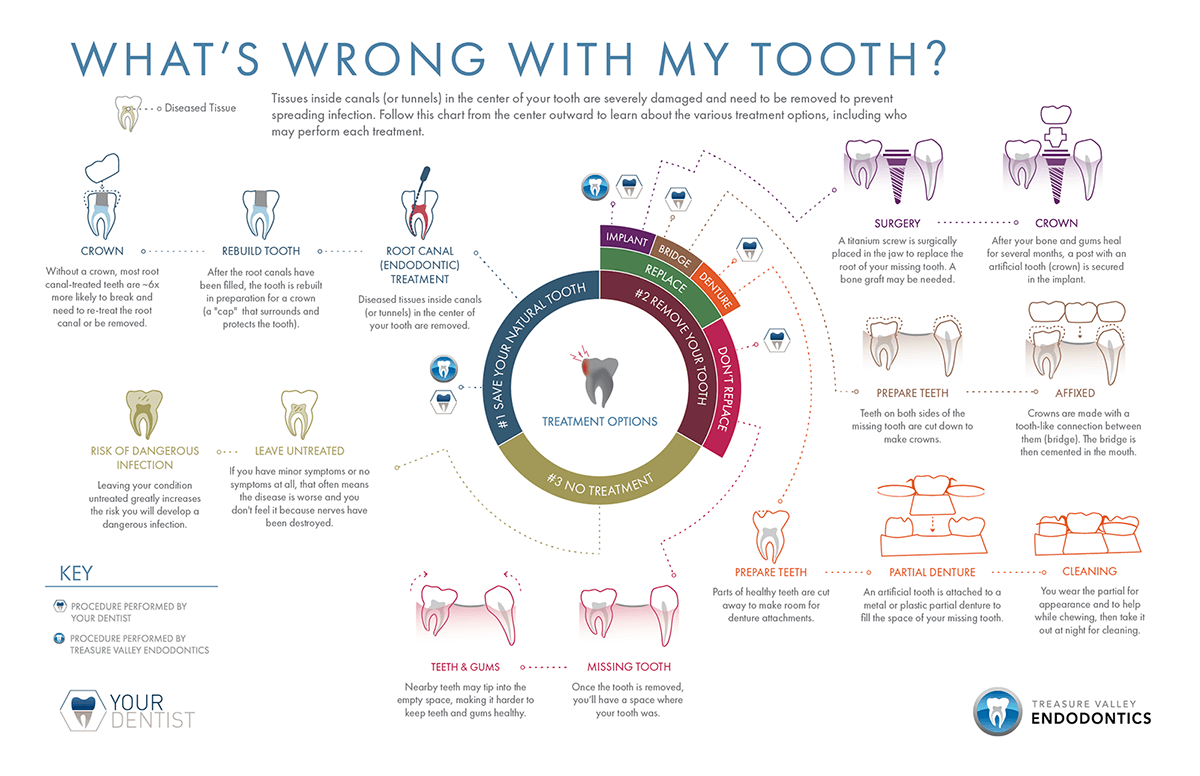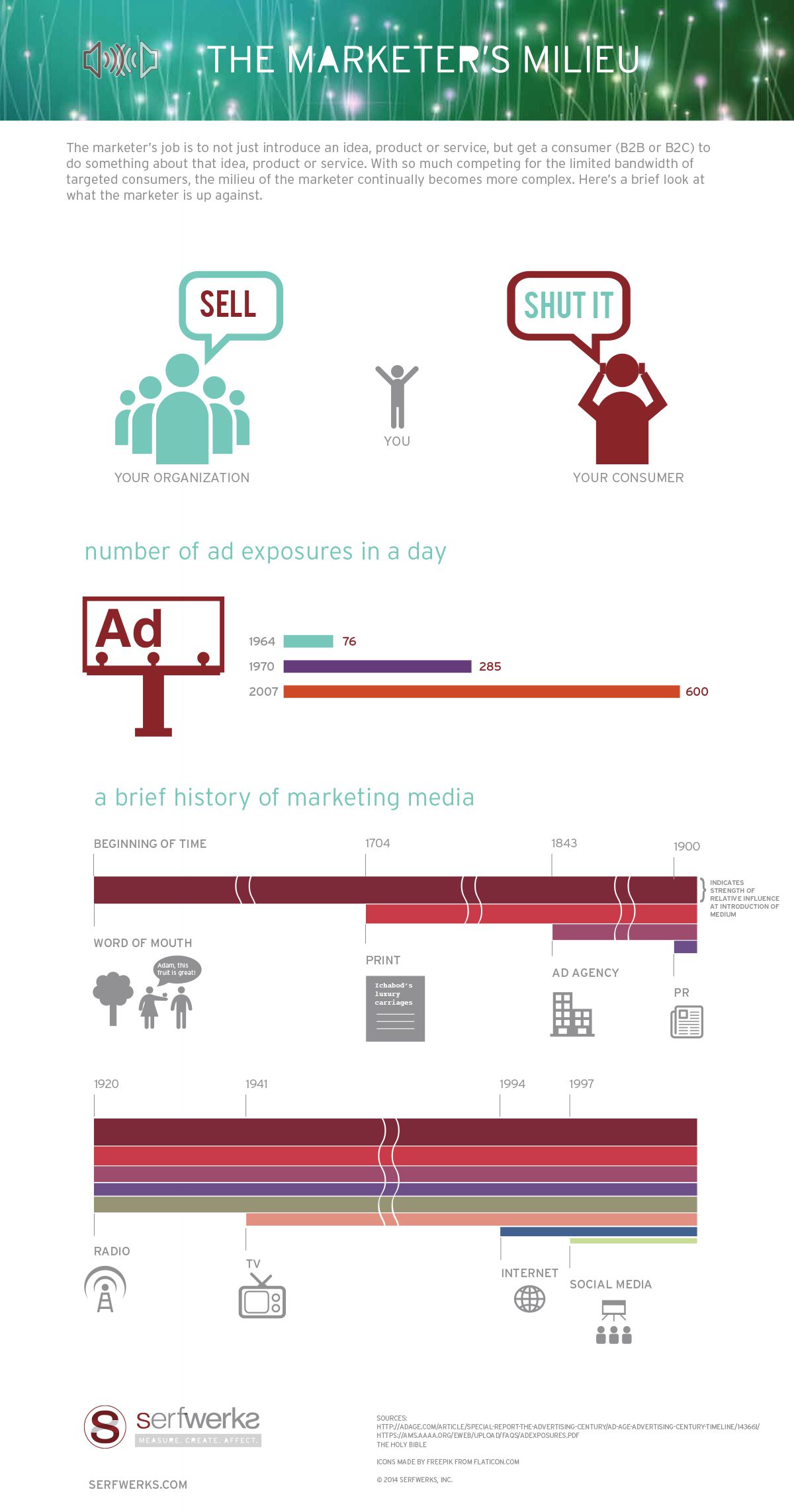The soccer played by little kids is more than a treat to watch. Last week I went to soccer games for both my eight-year-old daughter and my 10-year-old son. My daughter’s game was highlighted by an ever-moving swarm of girls chasing the ball. The team members take the ball away from each other and it’s difficult to actually do anything with the ball because there are always so many of the kids around it. The one or two girls attempting to play defense lazed about as their minds dwelt in princess land or some other fairy tale world not comprised of a grassy fields, shin guards, and bouncing balls. Consequently, it was no surprise that when the ball and group sped past them. Any goals that were scored were usually a matter of one girl being slightly better or faster who scored when the ball eventually was kicked out of the group and she happened to be the first one to get to it.
Conversely, my son’s game was much different. For the most part, the boys played specific positions and stayed in that position to either attempt to score or to fend off defenders. (Of course there is always some position creep in soccer played by 10 year olds, but they do well for their age.) The boys actually began passing the ball and making plays toward the goal. All of the goals that were scored were a result of either a good pass or being in position at the right time. Even the least athletic, and least interested, of the boys scored when, as a result of him being “in position,” he got a rebound out of the goal and quickly kicked it in. Our goalie played brilliantly and stopped a host of potential goals for the other by being aggressive and going after the ball rather than hoping to be able to use his 5′ stature to stop a ball going into a 21′ x 7′.
Needless to say, the two styles of play are vary greatly. They also have varying entertainment levels. Where the one you watch because its cute, the other begins to resemble good soccer.
There are similar approaches to the marketing function within any organization. In the nearly two decades I’ve been a marketing consultant, I’ve worked with hundreds of companies of all sizes and from many different industries. The significant majority “chase the ball” when it comes to their marketing strategy. In fact, there have only been a few who had a clearly defined marketing strategy to dictate how and where to go. Instead, almost all of the companies I’ve worked with, prior to engaging our firm, have followed a decision making process that goes something like this: “I have this widget to sell, so I need a logo, a web site and brochure to sell it.” Then they are left with a content void as they struggle to determine how to use those tools. This is akin to purchasing a hammer and nails prior to the plans in your attempt to build your house.
Several years ago we surveyed 50+ dentists about their marketing efforts. We found that all of them thought of their marketing strategy in terms of the media used rather than having any plan that would help them use those media to differentiate their practice.
Furthermore, as trends occur in marketing, they are usually the last to hop on board. If they do, they frequently get caught up in the “medium” as opposed to the message. For example, a board member recently told his cohorts how they needed to get their half-billion-dollar company on social media. Of course that wouldn’t be such a big deal if it weren’t for the fact that his company sells large-scale construction projects to government.
Conversely, if marketers can think more strategically about how they approach the promotion of their products and services they are more likely to be successful in not only implementing their team more effectively, but they are also far more likely to score a goal (whatever that means) while be far less likely to be blindsided when the some trend or medium attempts to pass them.
Several years ago we had a client that serviced the medical industry who had built a successful company of about 100 employees. They had used piece mill marketing collateral that, had it not been for the same logo atop all of them, appeared as though it were from the same company. They also recognized that if they wanted to get to the next level, they needed to have a better game plan. Consequently, we were contracted to perform market research and develop out that strategy. We found that given the level of experience their target audience had with the product they were far more concerned about customer service than they were about specific functionality or price, although both were important. That finding, consequently, enabled them to develop a strategy based around customer service that would suddenly allow them to develop a game plan to attack the marketplace. The strategy filled the content void by showing them exactly what they needed to do with their web site, proposals and other collateral.
 E-consultancy’s Periodic Table of Content Marketing is a great tool to use to ground you thinking strategically about your marketing efforts then walking you through the usage of the tactics necessary to support that strategy. The exercise of using the table forces one to think first about strategy and then provide ample methods of implementing that strategy through various media.
E-consultancy’s Periodic Table of Content Marketing is a great tool to use to ground you thinking strategically about your marketing efforts then walking you through the usage of the tactics necessary to support that strategy. The exercise of using the table forces one to think first about strategy and then provide ample methods of implementing that strategy through various media.
In conclusion, companies who develop their strategy prior to engaging any marketing tactic will find not only that they know exactly how to use that tactic, but also that they are much more effective in producing tangible results.









